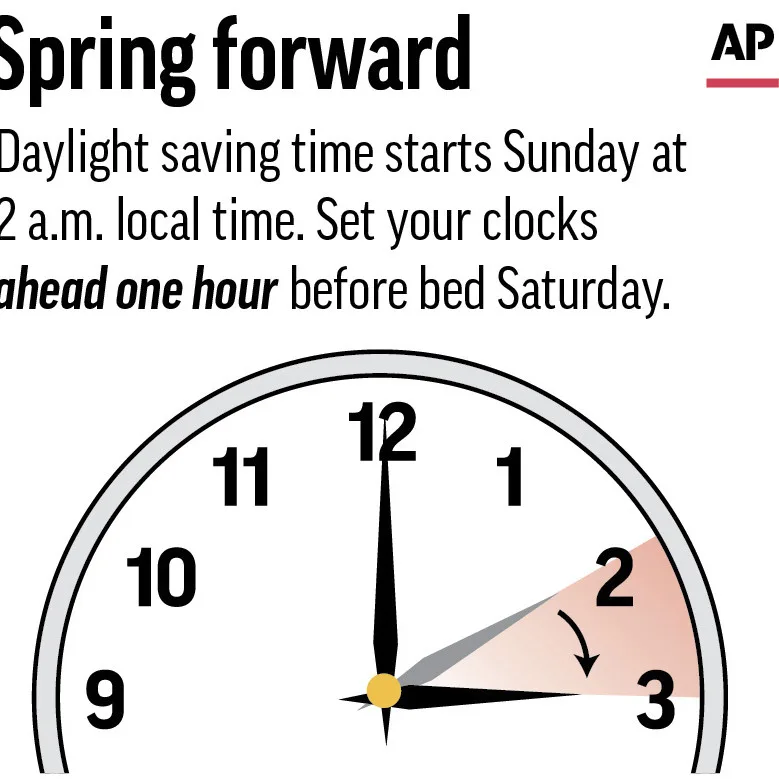On Sunday, March 9, 2025, at 2 a.m., clocks across the United States will spring forward an hour as Daylight Saving Time (DST) begins. This annual change is intended to make better use of daylight during the longer days of spring and summer. The practice has been a subject of debate, with discussions around its impact on sleep patterns and overall health. ‘While we gain an extra hour of daylight in the evening, the shift can disrupt our body’s internal clock, leading to a temporary increase in sleep-related issues,’ noted Dr. Jones, a sleep expert. Residents of Mississippi are reminded that the change will occur along with various local initiatives aimed at community engagement, including free food events at local businesses to help ease the transition and promote awareness about the time change. According to recent studies, the transition into Daylight Saving Time is often associated with a rise in heart attacks and car accidents due to disruption in sleep cycles. Many states and lawmakers are revisiting the necessity and benefits of Daylight Saving Time, with some advocating for it to be made permanent. Proponents argue that keeping the time changes might help reduce energy consumption. Critics, however, express concerns about the potential health risks and advocate for a more consistent timekeeping approach. The ongoing discourse reveals the complexities surrounding Daylight Saving Time, including its historical origins dating back to World War I as a way to conserve energy. As communities prepare for the upcoming time change, the emphasis on health and safety remains central to discussions and public awareness campaigns surrounding Daylight Saving Time’s effects.
Daylight Saving Time: Changes, Observations, and Impacts in 2025














